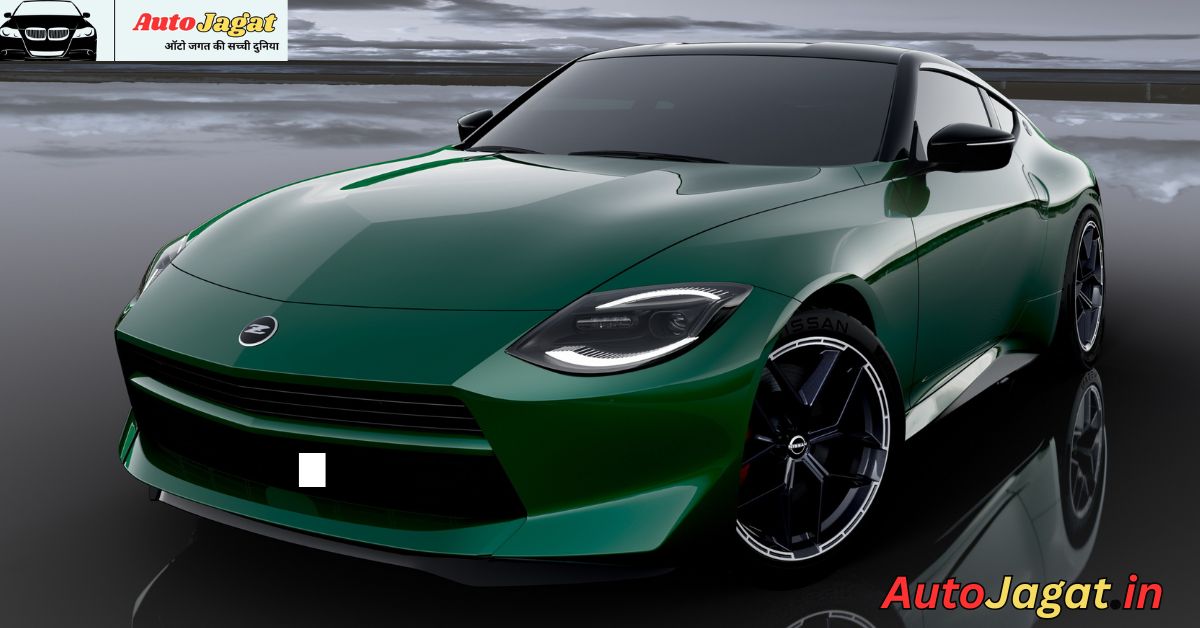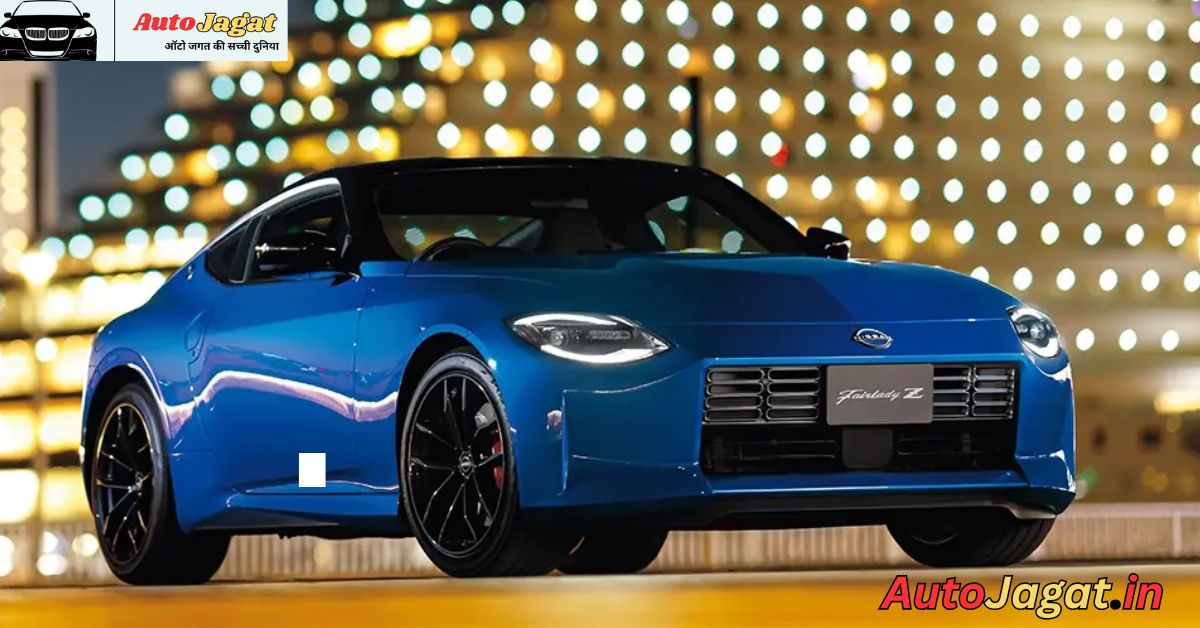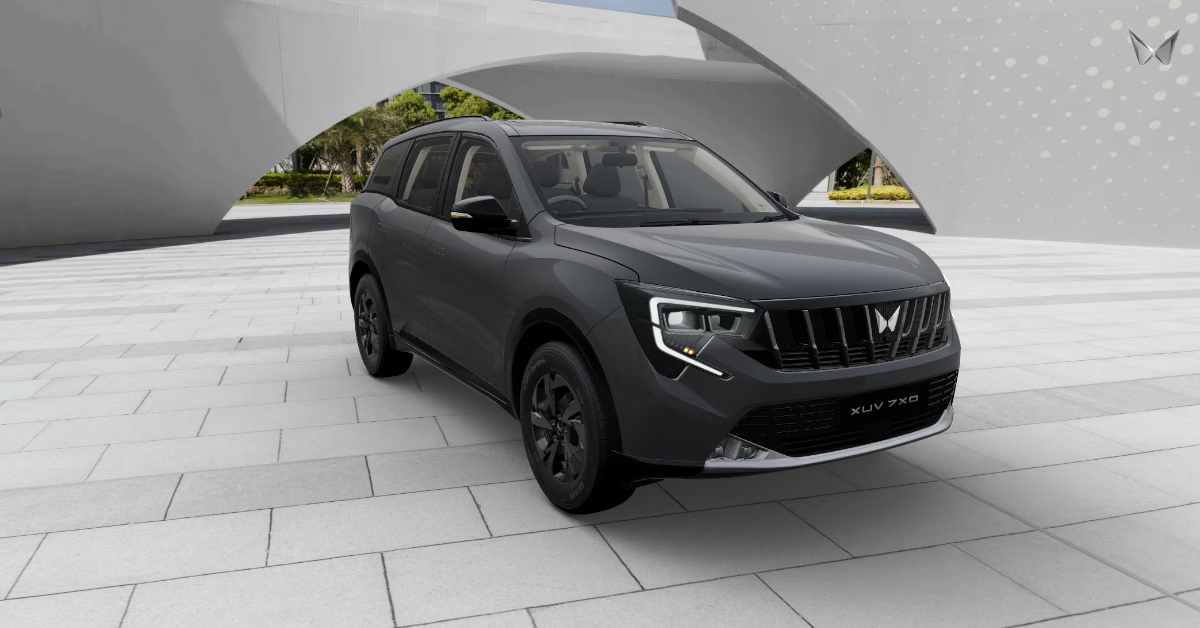mercedes : The automotive world is on the brink of yet another technological leap, and once again, Mercedes-Benz is leading the charge. Starting in 2026, the luxury automaker will begin rolling out steer-by-wire technology in its vehicles — an innovation that promises to revolutionize how we interact with cars.
Often considered a futuristic concept, steer-by-wire eliminates the mechanical link between the steering wheel and the front wheels. Instead, it uses electronic signals to transmit driver input to the wheels, enabling more flexibility, customization, and precision than ever before.
Let’s take a deep dive into what steer-by-wire is, why Mercedes-Benz is adopting it, and how this will reshape the future of driving.
🔧 What is Steer-by-Wire Technology?
Traditionally, the steering system in a car relies on a physical connection — a steering column that links the steering wheel to the front wheels through mechanical and hydraulic components.
Steer-by-wire completely removes this mechanical connection. Instead, it uses:
- Electronic sensors to detect the driver’s steering input
- Electronic control units (ECUs) to interpret that data
- Actuators near the wheels to turn them based on those inputs
The system can also provide artificial feedback to the driver, simulating the road feel using force feedback motors in the steering wheel.
In short, your hands on the wheel will communicate with a computer, not directly with the tires.
🚗 Why Is Mercedes-Benz Adopting Steer-by-Wire?
Mercedes-Benz is known for setting benchmarks in innovation, safety, and driving experience. The brand sees steer-by-wire as a natural progression in the evolution of luxury and autonomous vehicles.
Here’s why it makes sense:
✅ 1. More Precision and Control
Steer-by-wire enables micro-level adjustments far quicker than mechanical systems, giving drivers better accuracy and responsiveness, especially at high speeds.
✅ 2. Enhanced Safety Features
In emergency situations, the system can instantly intervene, applying corrective steering inputs faster than a human can. Combined with ADAS (Advanced Driver Assistance Systems), it could significantly reduce accident risks.
✅ 3. Customizable Driving Feel
With no fixed mechanical link, drivers can choose different steering profiles — sporty, comfort, off-road — adjusting steering weight and response via the infotainment system.
✅ 4. Improved Cabin Space and Design Freedom
The absence of a traditional steering column gives interior designers more room for creativity, possibly leading to futuristic, minimalistic dashboards and even retractable steering wheels in future autonomous cars.
🧠 How Does It Work? Behind the Scenes
Mercedes-Benz’s steer-by-wire system will consist of the following key components:
- Steering Input Sensor: Detects how much and how fast the driver turns the wheel
- Control Unit (ECU): Processes this input and determines how much the wheels should turn
- Steering Actuators: Mounted at the wheels, these execute the steering movement precisely
- Feedback System: Motors in the steering wheel simulate road feedback for the driver
A major challenge is ensuring redundancy. Mercedes will use dual signal paths and backup actuators to ensure the system remains safe even if one element fails.
🔒 Safety First: Is It Reliable?
Safety is non-negotiable for Mercedes-Benz. Their upcoming steer-by-wire system will undergo rigorous testing, meeting the highest automotive safety standards (ISO 26262, ASIL-D).
Key safety features include:
- Redundant ECUs and power supply
- Failsafe reversion modes (can switch to backup system)
- Fail-operational system architecture – even in partial failure, the car will remain steerable
- Software updates over-the-air (OTA) for instant enhancements or fixes
If anything goes wrong, the system will automatically alert the driver and engage a safety protocol — a level of intelligence no mechanical steering can match.
⚙️ Impact on Driving Experience
The shift to steer-by-wire will dramatically reshape how we experience driving in Mercedes-Benz vehicles.
🚀 1. Dynamic Steering Response
- At low speeds, expect tighter turning radius (ideal for urban driving)
- At high speeds, steering becomes more stable and firm, improving control on highways
🎮 2. More Driver Personalization
- Steering feel can be tailored to suit moods — choose a soft, relaxed feel for a cruise or a sharp, stiff one for sportier drives
- Future versions may allow user profiles with preset preferences
🤖 3. Seamless Integration with Autonomy
As Mercedes-Benz prepares for Level 3 and Level 4 autonomous driving, steer-by-wire becomes a must-have. It allows the car’s AI to steer independently — essential for self-driving systems.
🌍 Environmental and Design Benefits
- Fewer mechanical parts means lower maintenance and reduced weight
- No fluid leaks or hydraulic oils — a cleaner, greener system
- Flat-floor cabins become possible without steering columns
- Opens the door for foldable, retractable, or movable steering wheels in EVs and robo-taxis
In future luxury EVs from Mercedes-Benz, expect steer-by-wire to complement minimalist interiors and radical design layouts.
🛻 Which Mercedes Models Will Get It First?
Though the company hasn’t confirmed exact models yet, it is expected that steer-by-wire will debut in high-end EVs or flagship vehicles such as:
- Mercedes EQS or EQE refreshes
- Next-gen S-Class or autonomous luxury shuttles
- Vision AVTR-inspired concept cars
Eventually, it will trickle down to more accessible models as production scales.
💬 What Are the Concerns?
Every new tech has its skeptics. Some common concerns with steer-by-wire include:
- Loss of steering feedback authenticity
- Potential software glitches
- Over-reliance on electronics
Mercedes is addressing these with advanced feedback simulators, redundant systems, and OTA software updates to maintain trust and control.
🏁 Conclusion: Steering Toward the Future
The decision by Mercedes-Benz to roll out steer-by-wire by 2026 is more than a tech upgrade — it’s a bold move toward software-defined, smart mobility. It aligns with the brand’s vision of a future where vehicles are not just machines, but intuitive, responsive companions.
With its focus on safety, personalization, and innovation, Mercedes’ steer-by-wire system could set a new benchmark in premium automotive technology — making driving smoother, smarter, and more exciting than ever before.
Are you ready to steer into the future — without a physical connection?
Let me know if you’d like a short version, an infographic script, or a comparison blog with Tesla or BMW tech innovations!





